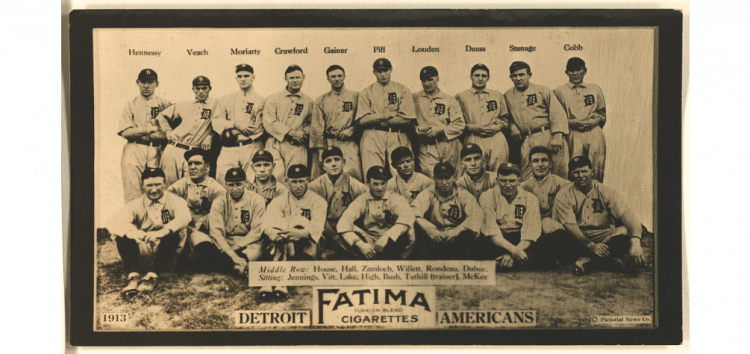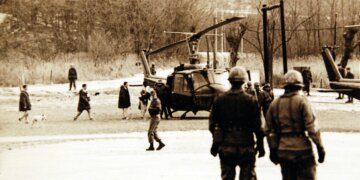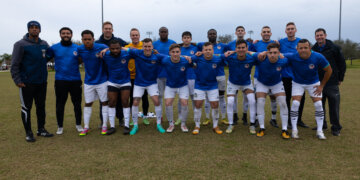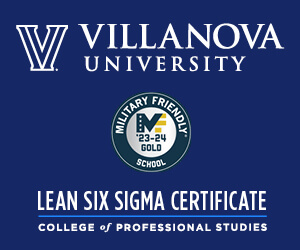The Detroit Tigers appellation seems simple enough – with the tiger a common symbol from the Louisiana State University Tigers to the Cincinnati Bengals. But for the Michigan baseball team, its name reportedly has roots in the National Guard. Specifically, the Detroit Light Guard.
According to the nonprofit American Battlefield Trust, the Light Guard has served Detroit for nearly 200 years and deployed into combat during the Civil War, World War I and the Iraqi War. It was initially referred to as the Detroit City Guard but changed to the Light Guard before 1860.
The Detroit Historical Society reported that by the time the Tigers began playing in the Western League in 1896 they were already being cited as the Tigers.
“The Tigers appellation enjoyed wide circulation to Detroit long before the Western League arrived,” author Richard Bak told Reserve & National Guard Magazine, reading from his book, “A Place for Summer: A Narrative History of Tiger Stadium.” “This was due to the Detroit Light Guard, an elite group that was the city’s foremost military and social organization from the time it was formed in 1855, through the early part of the 20th century.”
RELATED: 49ers’ Garland wears a different kind of uniform off the field
Bak further wrote that veteran Light Guard member John Bersey said the team sought permission from the Detroit Light Guard to use the name and a tiger-head logo. A carved tiger’s head was displayed on an exterior stone wall of the Light Guard’s armory.
“Exactly when this occurred is unclear, but it was probably about 1900, not long after the guards’ triumphant return from the Spanish-American War… The Detroit Light Guard said yes to the Detroit team’s pro forma request,” Bak wrote.
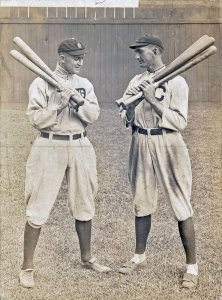
Early Tigers history comprised two monster seasons, winning the American League pennant in 1907 and posting a 100-54 record in 1915. Most notably, however, was the acquisition of Ty Cobb in 1905.
Cobb helped the Tiger ball club achieve success in those two seasons, plus batting .420 in 1911. Through the years, several prominent players in addition to Cobb donned the Tiger uniform: Hank Greenberg, Mickey Lolich, Al Kaline, Willy Horton, Mark “The Bird” Fidrych, Ozzie Virgil, Alan Trammell, Lou Whitaker, Kirk Gibson and Miguel Cabrera.
Military ties not solely in Detroit
The Detroit Tigers title isn’t the only one with a military-related history. The Bengal tiger of LSU has been the school’s nickname/mascot for nearly 100 years.
However, it has recently become controversial due to its Confederate past, according to the university. Louisiana Company B was established to serve the Confederate Army, adopting the flamboyant and ostentatious dress of the French Zouaves. The ruckus company contained a criminal element and became known as the “Tiger Rifles.”
Over time, all infantry soldiers from the state became known as the “Louisiana Tigers.”
Less controversial but inspired by the Civil War is the NHL’s Columbus Blue Jackets. The team states the name was chosen because it “pays homage to Ohio’s contributions to American history … as both the state of Ohio and the city of Columbus were significantly influential on the Union Army … Many of the Blue Coats worn by the Union soldiers were manufactured in Columbus.”
Detroit Tigers origin story
Of course, team nicknames from yesteryear usually have more than one origin. Bak said the Tigers were the Detroits first, courtesy of unimaginative local press. The Tigers were also called the Wolverines, Creams, and one newspaper declared them the Detroit Eccentrics, according to Bak.
“It was kind of an organic kind of thing when it came to nicknames for sporting teams back then, you know, you didn’t have contests and things like that,” Bak said. “No fan input … That’s all modern 20th century, 21st century kind of stuff.”
The team’s socks were another reason given for the name.
“There was another belief that one of the teams had striped socks that looked like tigers, tiger stripes,” said Mitch Lutzke, of the Tigers History Project. “And somebody referred to the team as that.”
Bak’s book states that George Stallings — captain and field manager of the 1896 squad — said it was because he dressed the players in black and brown striped socks, supposedly resembling tiger paws.
But the consensus seems to be the Light Guard is the primary source of the name.
“I had normally heard that it was a reference to the Light Guard Armory Tigers in Detroit … They were the high-level minor league team,” Lutzke said. “And they were called the Tigers … Common knowledge for most people is it’s tied to that armory team.”
Read comments


